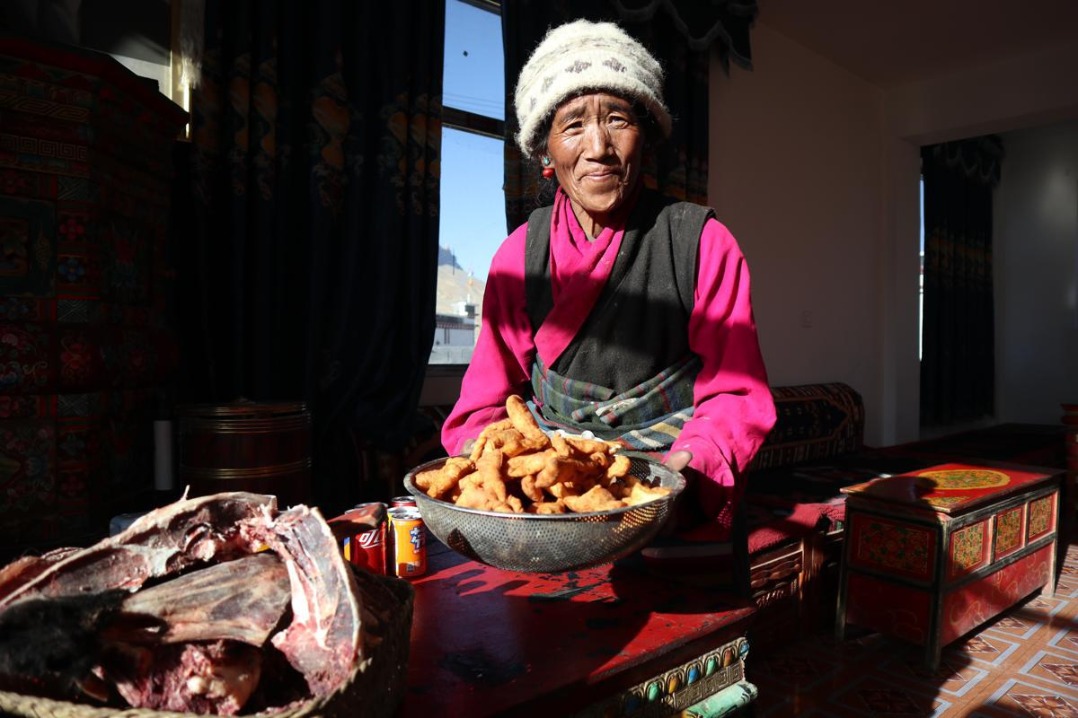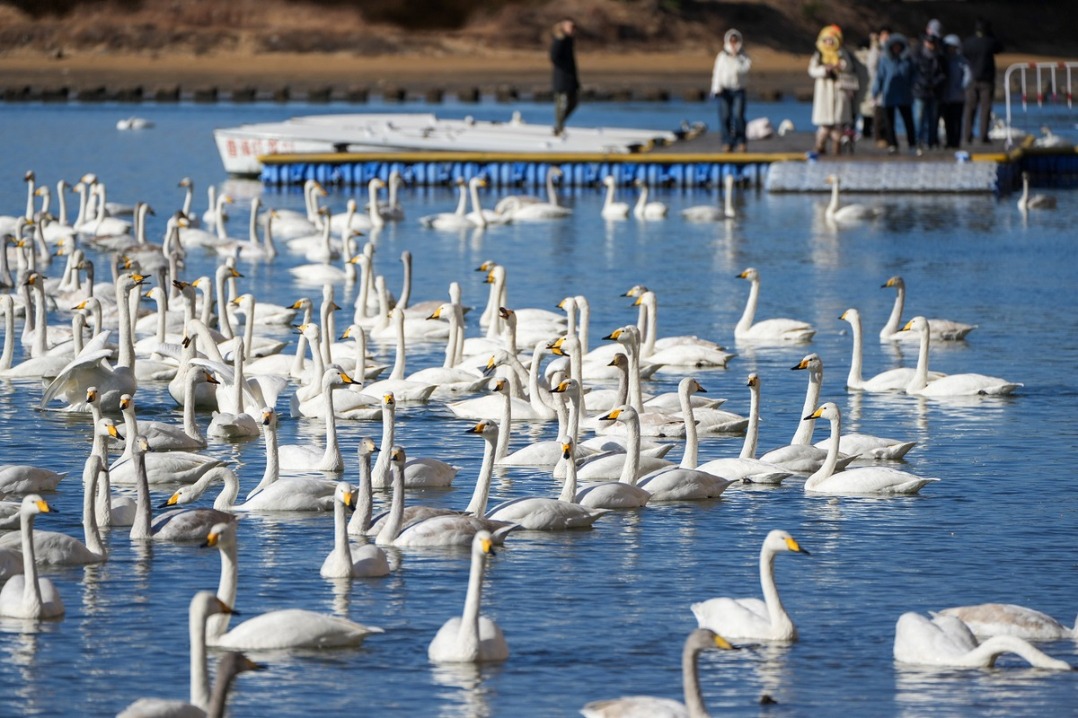Reforms mulled to tackle aging society issues


Advisers and experts are discussing the challenges and offering solutions at the two sessions. Wang Xiaoyu reports.
Most people regard living longer as a positive thing, but growing old in a rapidly aging society can also raise concerns.
In China, average life expectancy made a historic leap from 74.8 years in 2012 to 78.2 years in 2021, while the annual birthrate has been trending downward for decades. As a result, the number of seniors in the country rose to 280 million last year, accounting for nearly 20 percent of the total population, and touching the cusp of the official definition for a moderately aged society.
The aging trend has triggered discussions about whether China's ballooning senior population will drain public finances, strain the workforce and ultimately stymie economic growth in the coming years.
Concerns have also been growing about whether the country's senior care system can meet the demand.
Development momentum
During this year's two sessions — the country's largest annual political event — experts and political advisers said aging should not be simply misconstrued as a threat to society.
With the relatively large number of healthy people in their early 60s, and continuous efforts being made to raise the level of education and the quality of the labor force, China is capable of maintaining development momentum, they said.
Meanwhile, they noted that it is necessary to proactively address the long-term challenges that will arise from a rapidly aging society. Suggested measures include gradually postponing the retirement age, reforming the pensions system and ramping up senior care services.
Last year, the country's senior population began growing rapidly as people born during the 1960s baby boom began reaching old age, according to a recent report by the China Population and Development Research Center.
The senior population is projected to rise by at least 13 million annually from 2021 to 2030, far exceeding the annual rate of 7.4 million recorded from 2016 to 2020, it said. Moreover, the total senior population will reach 321 million by 2025 and 400 million by 2032.
The proportion of people age 60 and older stood at 18.7 percent in 2020, but it will exceed 20 percent in 2023 and approach 40 percent in 2050, the report noted.
In 2035, the number of very old people — those age 80 and older — will reach 80.54 million, double the 2020 figure, accounting for 5.8 percent of the total population, according to the report.
"The accelerated trend of aging will pile the pressure on China's pension payment and medical systems, which will require preemptive response measures," it said, adding that about 6.2 million seniors reported that they were unable to care for themselves in 2020. "It is estimated that a greater number of elderly people have physical disabilities or dementia in fast-aging societies. They will exert a larger impact on families and socioeconomic development," the report said.
- Ex-Gansu vice-governor convicted of bribery, insider trading
- Shenzhen's innovative companies display their latest tech and products to a global audience
- Beijing slams Tokyo's security documents revision plan
- China's central bank signals flexible policy tools to guide financial growth
- New minerals discovered in the world's largest rare earth deposit
- Employers encouraged to enrich workers' cultural, sports, entertainment activities





































